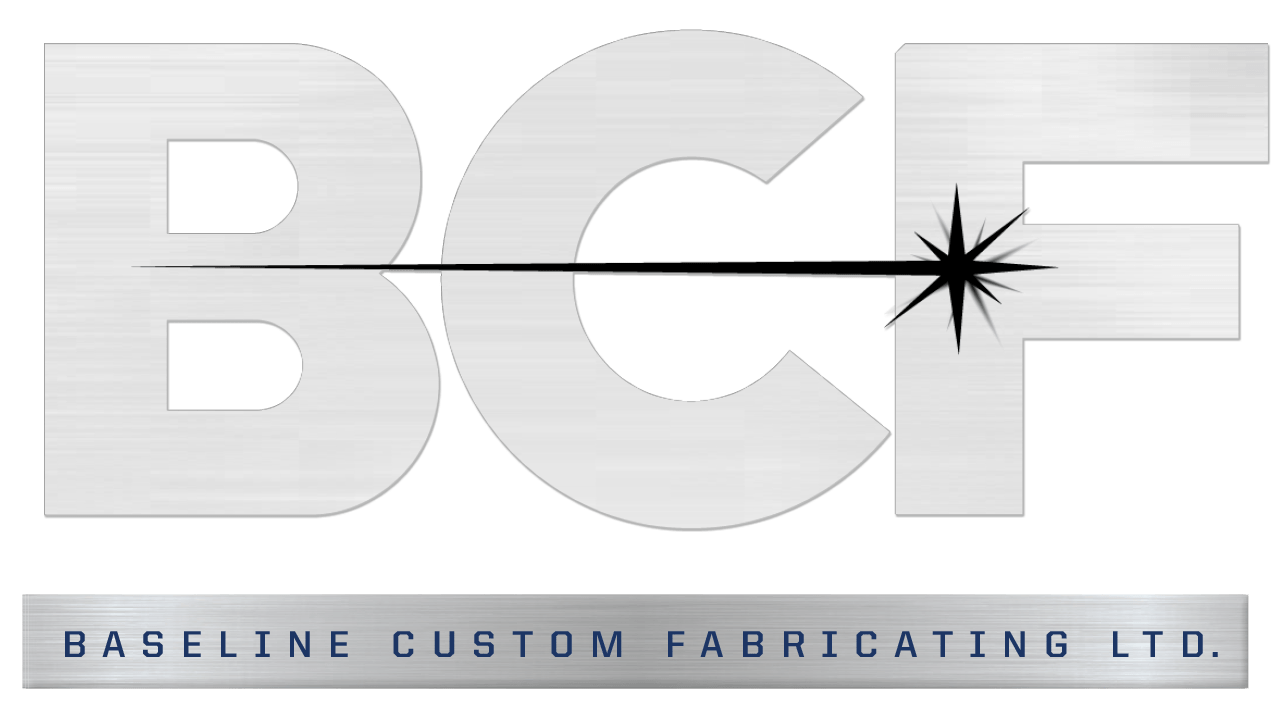What It Takes To Run A Laser Cutting Operation
Laser cutting gave a great leap in fabrication in Toronto. From mechanical cutters, the output of which would need to be worked on by a number of machines to shape, sand and polish, it marked a radical departure, laser cutting did. Instead, one cut could be so fine and precise that further working is not strictly required, depending on the project and the material.
How does laser cutting work? What resources do CO2 and fiber lasers require to run? We explain in this article.
Particularly in the last few years, laser cutting technologies have moved the goalposts forward a great deal. CO2 lasers have grown in precision and power; and fiber lasers bring the promise of hitherto un-experienced cutting speed. But how do these laser cutting tools work? Do they require no resources and a laser magically appears on command and cuts the thickest of materials? Not quite. Take a look below for basic understanding of the raw materials necessary to keep laser cutting going.
CO2 laser – As the name suggests, CO2 lasers require carbon dioxide gas in their operation. Actually, an alternative gases that can be used is helium-neon. An operator must maintain reserves of compressed carbon dioxide or helium-neon gas for the operation of the laser. The gas is agitated electrically and the resulting output performs the cut.
Electric supply – A stable and regulated supply of conditioned electricity is a must in laser cutting. How much power is required depends on the quality of the equipment and the rating of the laser itself. That number is represented by a x kw, for instance 3 or 5kw laser cutters; the power of the laser being a factor in its cutting speed, the depth of the cut and the type of material that can be worked on.
Fiber lasers – Fiber lasers work on a remarkably different principle compared to ‘gas powered’ lasers. Instead of harnessing a gas agitated electrically, a fiber wire treated with rare earth elements. The fiber than employs a series of refraction and reflection to target the laser onto the cutting surface. Therefore, to keep beam performance high, regular maintenance is require on the wire.
CNC – Computer numerical control is a prerequisite for laser cutting applications. Certainly, anyone who thinks laser cutting can be done by hand is in for a rude surprise. Thus, CNC entails the requisite hardware, interface with the machine, software to send instructions to the cutter, and software to design or upload designs.
Cooling – Refrigerants are an essential part in laser cutting. Keeping the equipment cool is essential for its lifespan, in fact its operation. Most laser systems have a cooling system built into them, however smaller laser cutting equipment may rely on cooling air being pumped in externally.







